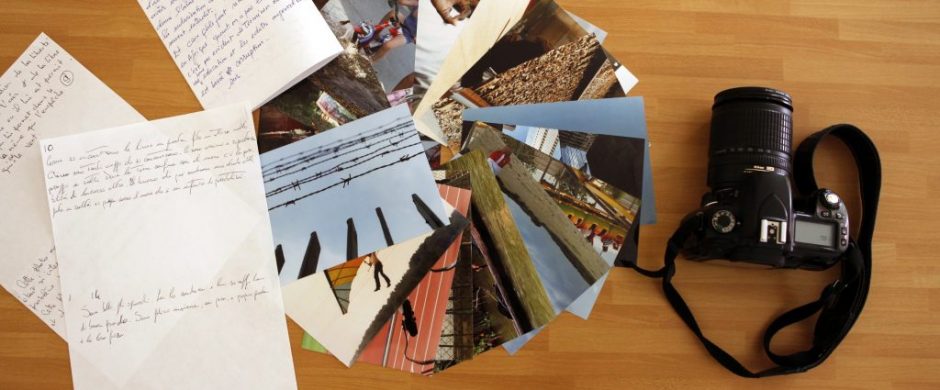
The article by Michelle Salamon, “Drawing Laboratory: Research Workshops and Outcomes”, captured my attention.
This article explores a pilot series of six workshops at Central Saint Martins (2015), which examined how drawing can enhance memory, concentration, and creativity by acting as a tool for encoding and retrieving information.
The reason I decided to read this article is that I was particularly interested in exploring how drawing can recall information from memory. This is an area I have explored with photographs, as I regularly use photo elicitation and some therapeutic techniques inspired by Judy Weiser, which have been proven to be powerful tools for recalling memories and improving emotional awareness (Weiser, 1999).

The main question I have been asking myself is how drawing differs from photography in its ability to recall memories?
On the connection between photographs and memory, John Berger writes:
“Memory is a strange faculty. The sharper and more isolated the stimulus memory receives, the more it remembers; the more comprehensive the stimulus, the less it remembers. This is perhaps why black-and-white photography is paradoxically more evocative than colour photography. It stimulates a faster onrush of memories because less has been given, more has been left out…” (Berger, 1992: 192–193).
Perhaps this explains why drawings can be so powerful in evoking memories, as drawing acts as a synthesis of reality itself.
The anthropologist Franz Boas was one of the first to use drawings and photographs to study the culture of the Trobriand Islands (Hurworth, 2003). He understood the power of drawing not just as a means of documentation but also as a way to initiate conversations with Aboriginal people about their rituals and ways of living.

The article by Michelle Salamon also demonstrates that drawing can do more than serve its usual artistic role; it can help with learning, encourage teamwork, and improve understanding of memory. The workshops revealed how drawing can trigger sensory cues, create memory aids, and enhance Art and Design education.
For example, the activity in which students drew the shoes they wore as children was particularly intriguing. In their feedback, students noted that the more they drew, the more vivid their memories became, enabling them to recall details of their past. This highlights the power of drawing to evoke memories, sharpen memory, and explore hidden memories, which can even have therapeutic applications.
Moving forward, I want to incorporate more drawing activities into both BA and MA journalism courses. One idea is to use drawing in interviews as ice-breaking activities to help students get to know each other. Interviews could begin by asking interviewees to draw something related to the topic of investigation as a way to start the conversation. This approach could be an interesting area to explore and might also be a valid tool for students in conducting professional interviews.
References
Berger, J. (1992) Keeping a Rendezvous. New York: Vintage International.
Berger, J. (2012) Berger on Drawing. Edited by J. Savage. Aghabullogue, Ireland: Occasional Press.
Hurworth, R. (2003) ‘Photo-interviewing for research’, University of Surrey Social Research Update, 40. Available at: https://sru.soc.surrey.ac.uk/SRU40.PDF (Accessed: 24 January 2025).
Salamon, M. (2018) ‘Drawing Laboratory: Research Workshops and Outcomes’, Spark: UAL Creative Teaching and Learning Journal.
Weiser, J. (1999) Phototherapy techniques: Exploring the secrets of personal snapshots and family albums. Vancouver: Photo Therapy Centre.
